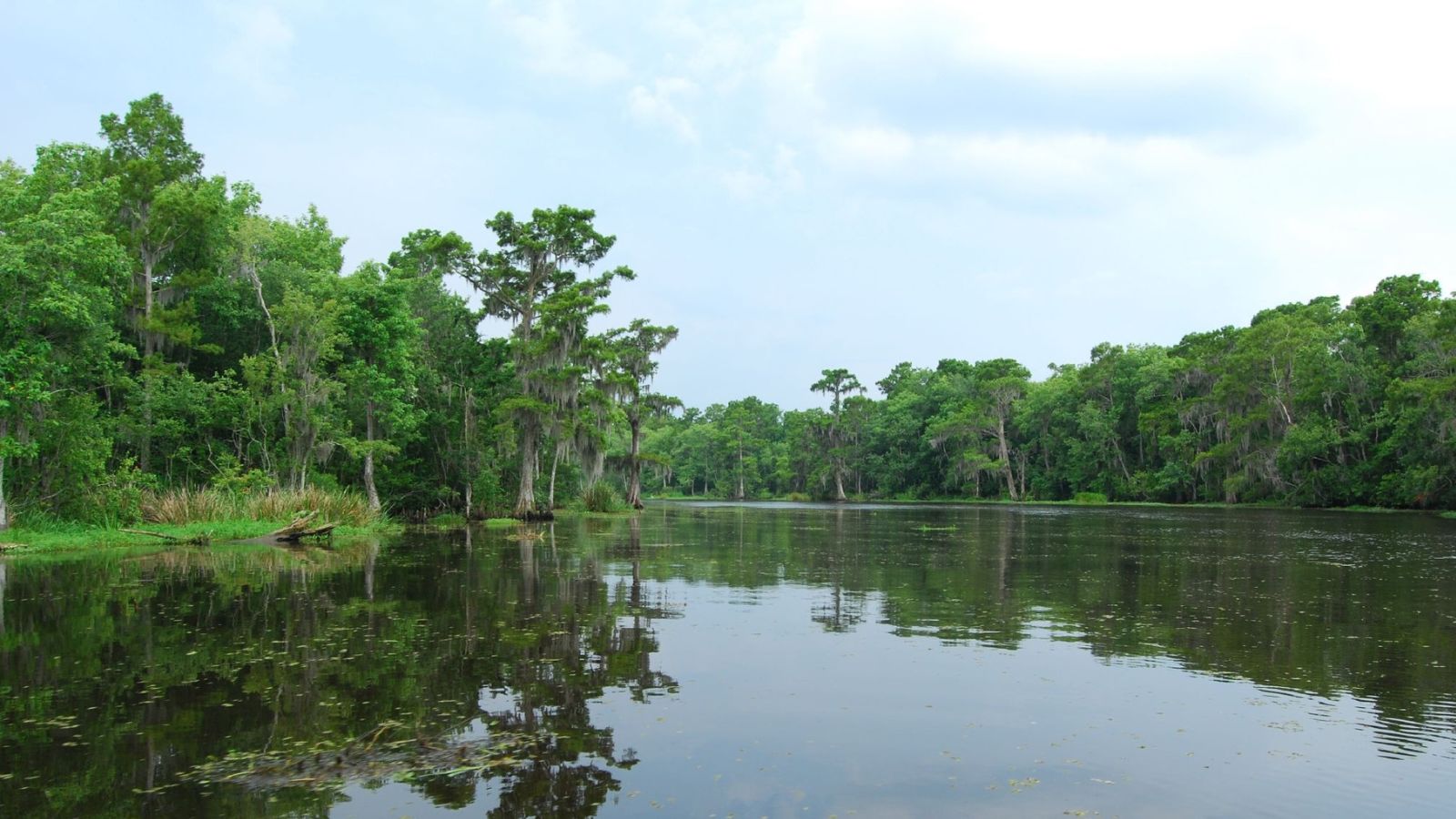Wetlands along the coast are nature’s own hurricane protection. These lush and waterlogged environments absorb surging waves when a big storm rolls in.
But in Louisiana, wetlands are being eaten away by development, invasive species, and natural sinking.
“And then on top of that, we have hurricanes. So we have water that is rushing in from storm surge and wearing away and eroding our land,” says Gardner Goodall of the Coalition to Restore Coastal Louisiana, an environmental nonprofit.
His group organizes volunteers to plant native vegetation in wetlands that have been restored through state or federal projects.
The marsh grasses that they’re planting have dense root systems that will stabilize the soil and reduce land loss by catching sediment. And in areas at risk of sea level rise, they’re using more salt-tolerant species.
“It’s really just kind of responding to the local conditions and matching the right plant to the right habitat,” Goodall says.
He says the areas they’ve planted are holding up well.
“After Hurricane Ida, we went to quite a few of our sites to check in and see how they are doing, and we’ve seen great performance,” he says.
He says these plantings help create healthy wetlands that can better protect coastal communities, even as the threat of extreme storms grows.
Reporting credit: Ethan Freedman / ChavoBart Digital Media
Source link


